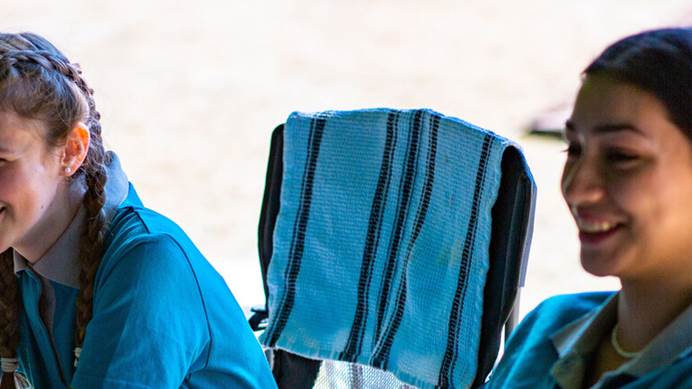Medical and first aid planning
How to create a first aid risk assessment and medical plan for your event
This guidance is part of our toolkit for running large-scale events.
This webpage guides you through the process of completing a first aid risk assessment and developing a tailored medical plan for your event.
From set-up to break-down, good medical planning will help everyone stay safe and supported throughout your event. Whether your event is on a greenfield site or at a managed venue, you’ll find guidance on assessing risks, planning medical provision, informing attendees, and making sure your volunteers are ready to support.
Responsibility for writing a first aid risk assessment
- The responsibility for doing a first aid risk assessment and producing an event management plan lies with the venue management.
- If your event is on a greenfield site, the responsibility for both the first aid risk assessment and event medical plan falls on you.
Scope of the risk assessment
The risk assessment must cover the whole event – from load-in to load-out, including:
- Risks during the lead-up to the event (when organisers are on-site for set-up).
- Participant arrival and departure.
- The event itself.
- Site break-down.
Consider the following questions when doing the assessment:
- How many people will be on-site at one time?
- What activities will they be doing (any adventure activities)?
- Are any hazardous materials involved (pyrotechnics or chemicals, for example)?
- How far is the nearest hospital?
- What’s the nature of the event and its location?
- What’s the audience profile?
- Has this event had any previous incidents?
- How many people are expected to attend?
- What time of year is the event?
- Will anyone be working remotely or alone?
If you’re unsure how to complete a first aid risk assessment, consult a competent safety adviser.
Event medical plan
Based on your risk assessment, you must create an event medical plan. For larger or high-risk events, this may be a separate document. For smaller events, it may be part of your overall event safety management plan.
Your plan should include:
- Your event first aid risk assessment
- Level of medical provision at all stages of the event.
- Who’s providing the medical provision.
- A system for recording incidents and treatments given, complying with the Reporting of Injuries, Diseases and Dangerous Occurrences Regulations 2013 (RIDDOR) (find out more about RIDDOR on the Health and Safety Executive’s website - link opens in new tab).
- Your emergency plan – see what to do in an emergency.
- Your communication plan.
- Your on-site mobile response strategy.
- Quickest routes to and nearest locations of:
- An Accident and Emergency department.
- A doctor’s surgery or urgent care centre.
- A dentist.
- A pharmacy (including opening hours and capacity).
Volunteer responsibilities and communication
All volunteers should be familiar with the event’s medical plan, including:
- How to find medical help on-site.
- How to respond to first aid requests.
- Emergency escalation procedures.
Volunteers may be responsible for directing attendees to first aid stations or assisting in an emergency. So clear communication is essential to ensure a quick and effective response.
First aider responsibilities
First aiders, along with the event coordinator, should:
- Set up a first aid area.
- Make sure there are adequate, well-stocked kits for the whole event.
- Help develop emergency response plans.
- Safely store and administer medication.
- Document all treatments given.
You must also consider the medical needs of the event team and volunteers, making sure appropriate provisions are in place for their wellbeing.
Informing attendees and managing medication
Clearly communicate what medical services are available to all attendees. Give information on first aid locations, on-site medical personnel, and what signage to look for so they can find services easily.
All units will have a designated first aider responsible for administering first aid and managing medications within their unit. Unit leaders must carry health forms for their unit members, giving quick access to medical information if needed.
If you have a centralised medication storage system in place, you must factor this into venue capacity planning and clearly communicate it to participants. You should also let attendees know that centralised medical assistance is available for any health concerns.



